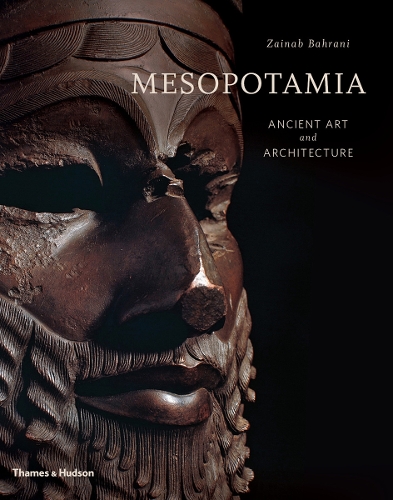
Mesopotamia: Ancient Art and Architecture
(Hardback)
Publishing Details
Mesopotamia: Ancient Art and Architecture
By (Author) Zainab Bahrani
Thames & Hudson Ltd
Thames & Hudson Ltd
1st February 2017
United Kingdom
Classifications
General
Non Fiction
History of architecture
709.35
Physical Properties
Hardback
376
Width 215mm, Height 275mm
1720g
Description
In this fascinating and compelling book, Zainab Bahrani introduces readers to the spectacular images and monuments of this region of the Near East, covering modern Iraq, northeast Syria and southeast Turkey. As the narrative unfolds, readers will learn about the art of the legendary civilizations that flourished between the Tigris and the Euphrates rivers, and how it was made and received. She addresses the present-day situation in these lands and the violent destruction that continues to threaten the rich cultural heritage of Mesopotamia.
Chapter-opening maps and overviews guide readers through the geography and chronology of Mesopotamia, visiting the ancient cities of Ur, Babylon, Nineveh, Hatra and Seleucia on the Tigris. The book includes a glossary that defines all art-historical and technical terminology.
Reviews
'Gloriously illustrated this book will undoubtedly persuade even a sceptical reader of the artistic allure of ancient Mesopotamia' - Daily Telegraph
'Illuminates the artistic creativity of ancient Mesopotamia with new and profound conceptualizations for our generation' - Harvey Weiss, Yale University
'The book is deeply informed by up-to-date scholarship and reflects significant new directions in approaches to Mesopotamian art over the past few decades' - Ann Gunter, Northwestern University
'A must-have book' - Timeless Travels
'This beautiful and insightful book will surely become the standard resource for teachers of Mesopotamian art' - Journal of Near Eastern Studies
Author Bio
Zainab Bahrani is Edith Porada Professor of Art History and Archaeology at Columbia University, New York. She is the author of numerous books, including The Infinite Image: Art, Time and the Aesthetic Dimension in Antiquity, winner of the Lionel Trilling Prize in 2015, and Rituals of War: The Body and Violence in Mesopotamia, winner of the American Historical Association's James Henry Breasted Prize.
